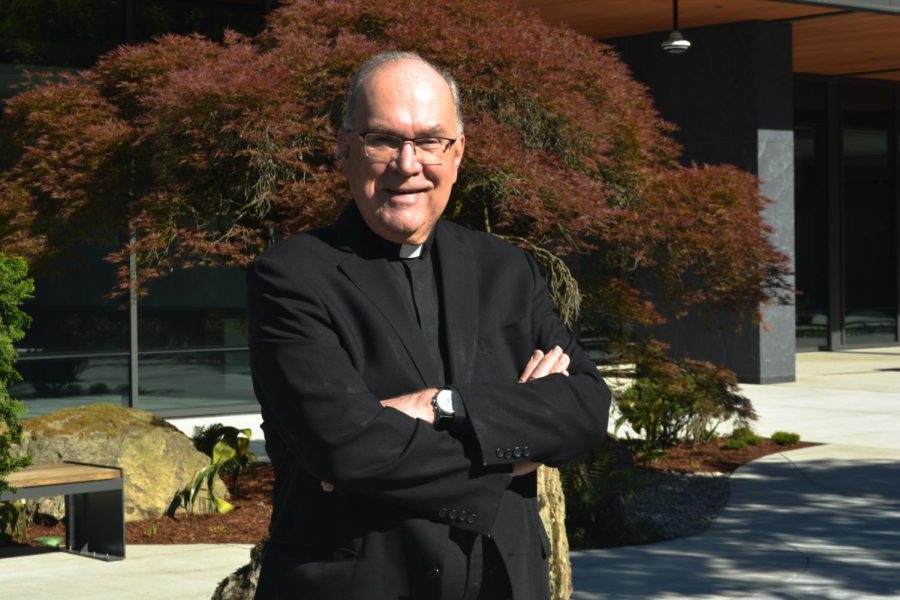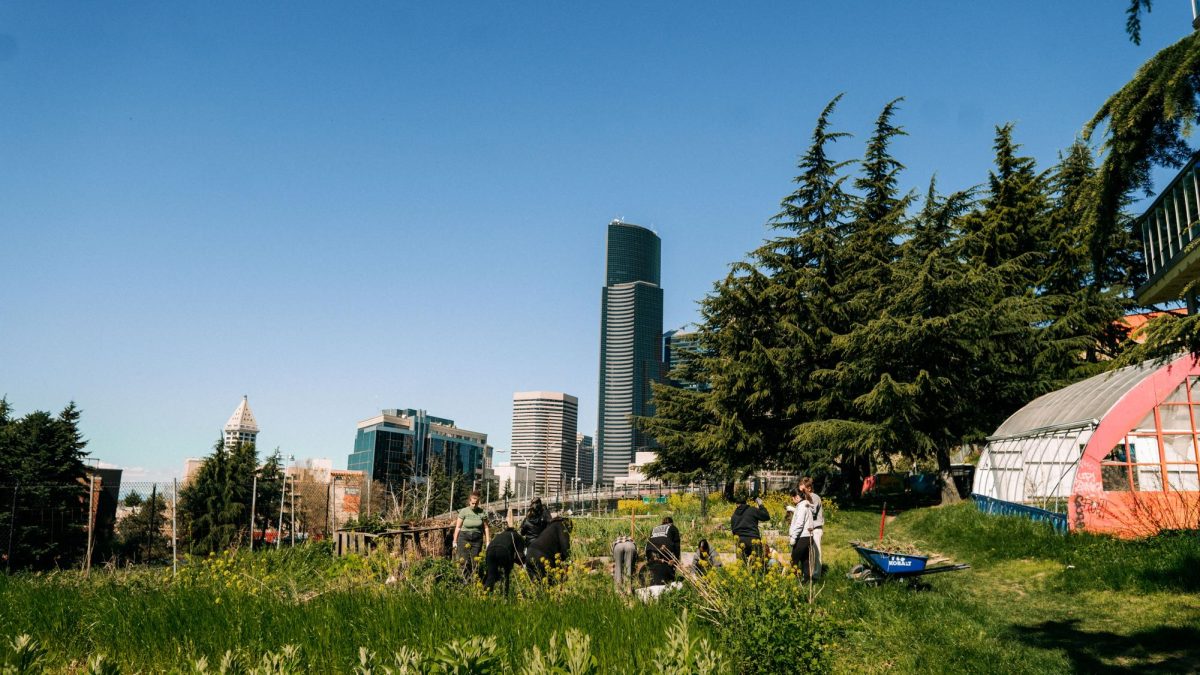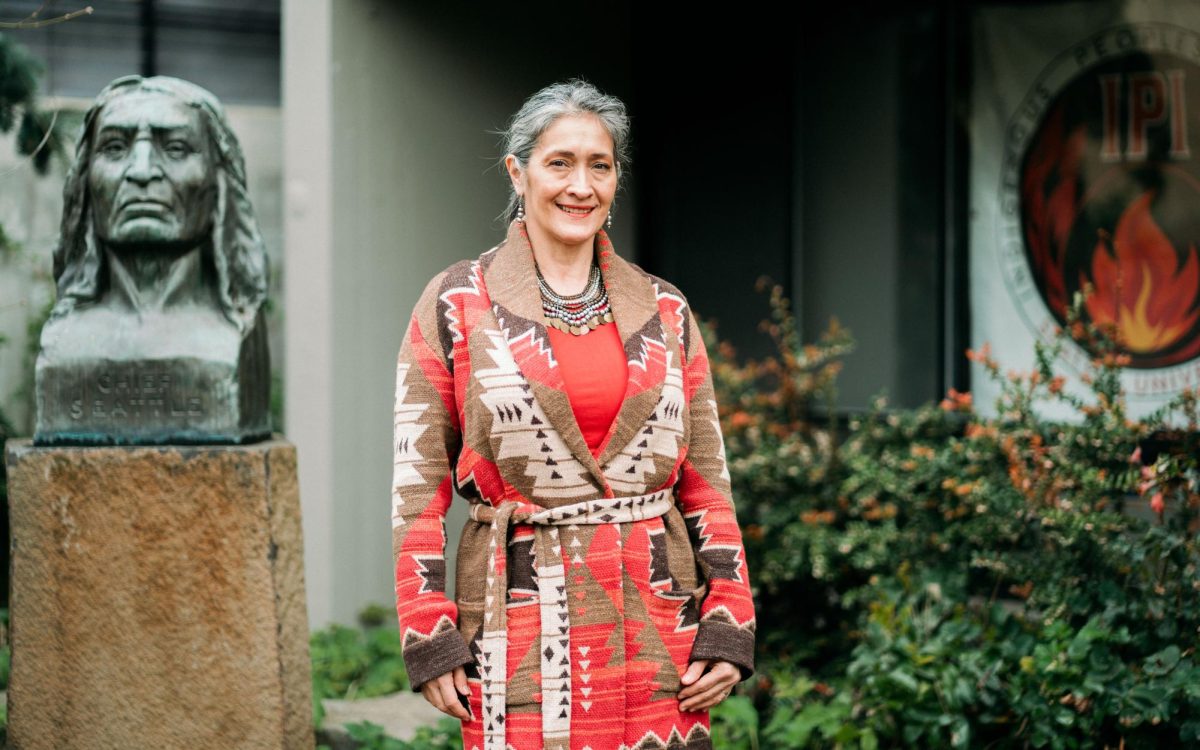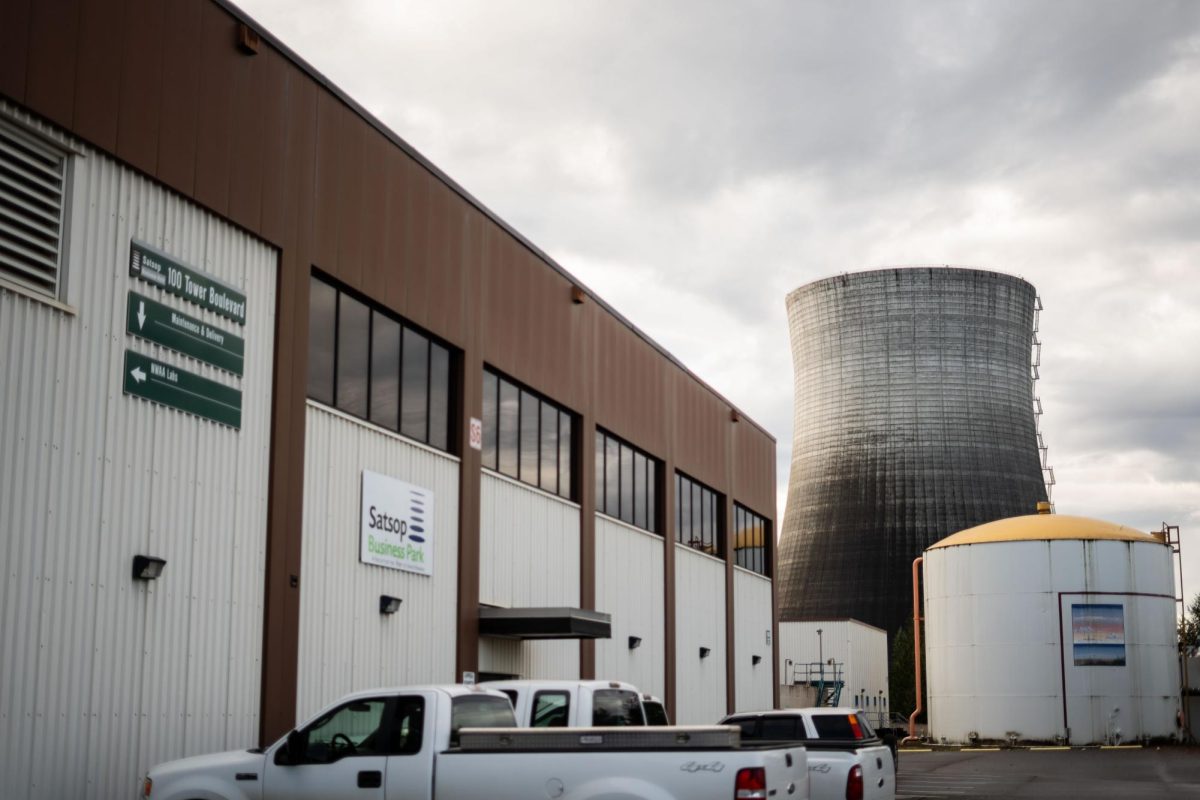February is Black History Month and on Monday Feb. 5, teachers and staff around Seattle wore Black Lives Matter t-shirts in their classrooms as a part of the nationally-coordinated “BLM Week of Action.”
Seattle University’s Center for Community Engagement (CCE) sold BLM t-shirts with an additional Seattle U logo. Their staff and student employees, who work in nearby public schools, wore the shirts to classrooms on Monday.
“We aren’t going to progress unless we can come together with our different opinions and we can all figure out what’s happening right now and how it’s wrong,” said Mashayla Combs, President of the Black Student Union at Seattle U. “A lot of people at Seattle University don’t necessarily get that point of view because they didn’t grow up like that. [Therefore] Seattle U’s participation in this event is really great.”
“Week of Action” is meant to ignite discussions about institutional racism and the educational opportunity gap between black students and their white counterparts.
During this week, teachers are incorporating lessons on black history and black identity into their curriculums. A rally organized by educators, parents and activist will be held on Feb. 9 at Cleveland High School.
“It’s been a specific effort to acknowledge that there hasn’t been equitable education for everyone. It’s not saying that black lives matter and other students don’t, but just to acknowledge there are specific barriers that black children are facing before they even step onto the school grounds,” said Colina Bruce, Family Engagement Manager and Interim Director of Education Partnerships at the CCE.
The national “Week of Action” has its roots from a district-sponsored initiative started by the Seattle Public School District. In 2016, schools in the South Shore area began holding “High-Five Welcomes” during Black History Month. The event had male members of the black community come out to schools and stand outside to high-five students as they walked in.
John Muir Elementary school in Rainier Valley raised Black Live Matter educational events to the community’s attention a er deciding to proceed with their “Black Men Uniting to Change the Narrative” event, despite having received numerous threats directed toward the school.
Now, schools across Seattle have begun to create and wear their own BLM shirts in solidarity with BLM and the event at John Muir. e Seattle Teachers Union also worked to sanction school participation during the Week of Action for the entire district.
“Eliminating opportunity gaps for every student is the issue of our time,” Larry Nyland, the Seattle Public Schools Superintendent said. “It requires working together to build a system that meets the needs of every child.”
Of the 200 largest districts in the nation, Seattle Public Schools ranked 14th in growth for African American students. The Center for Community Engagement encouraged their student employees in the Center’s K-12 program to wear the BLM shirt on Monday, Feb 5.
These students o en work as teacher’s aids or hands-on tutors with the students. They are often placed into Bailey Gatzert Elementary School, Washington Middle School or Garfield High School. Bailey Gatzert sits in the Central District, with nearly 20 percent of their student population considered homeless or in transition.
“Our population at Seattle U isn’t directly reflective of the population at Bailey Gatzert,” Bruce said. “It’s important to see that the folks that are working with them on a day-to-day basis saying, ‘Hey, I think that your life matters and I’m here because I believe in you and support you.’”
In total, 67 shirts and hoodies were sold at Seattle U. Later requests to purchase the shirts have the CCE considering reopening buying opportunities.
“It seems to be positive for the younger aged students to know that their educators care about their well- being. I’m not sure how I feel about it on SU’s campus because as young adults we’re able to recognize that more could be done besides wearing a T-shirt,” said Stacey Ruiz, a fourth- year Seattle U student.
Combs said actions like holding formal conversations with the black community are a good first step to making more of an impact in the community.
“Setting up events so we can come together and discuss the issues that we, personally, see and that our community sees, [and] making a plan of action to address certain issues we have in our community—I feel like these could be a bigger step.”
Erika may be reached at
[email protected]











